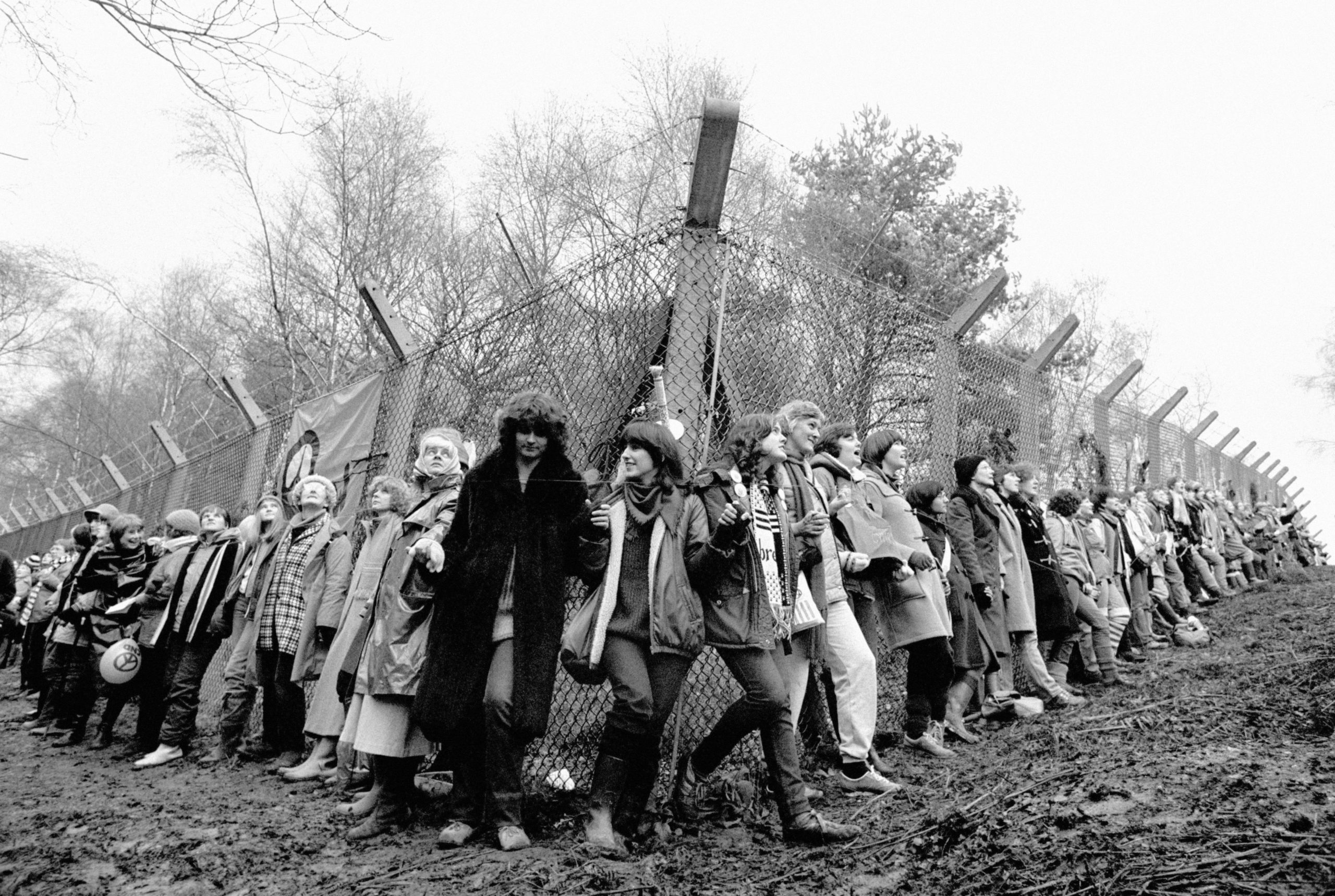
Infidel to academic disciplinarity, and employing a poetic, feminist reading of two vignettes and a case study, this paper presents “embodied infrastructures” as a fundamental grammar of prefigurative politics through which a redirected society rehearses an “otherwise” political future. Embodied infrastructures are identified in the people’s mic of the Occupy movement (2011), and the human chain and “home thrown in the mud” in the women’s antinuclear protest practices at the Greenham Common Peace Camp (1982-early 2000s). Acknowledging the interdependence of bodies, materiality, and democracy, and rejecting delegating their beliefs, morality, and intentionality to technologies, participants in prefigurative political movements are determined to become infrastructure themselves. Infrastructures of embodied resource circulation are seen in continuity with “corporeal infrastructures” found in communities of scarcity during which bodies are activated as social actants—evident in Chandigarh’s appropriation of autochthonous capacities of auto-construction, and a cautionary tale of the inherent vulnerability of bodily employment when co-opted by conditions of alienated social relations. Embodied infrastructures are radical in their transgression of the boundaries between collectivity and individuality, users and designers, labor and work, privacy and publicity, futures and presents. They bring “life making” and “thing making” together as entangled, mutually constitutive paths to collective emancipation.
Figure: Embrace the Base, women’s peace protests, RAF Greenham Common air base, December 12, 1982. Courtesy PA Images/Alamy Stock Photo.
Continue reading:





